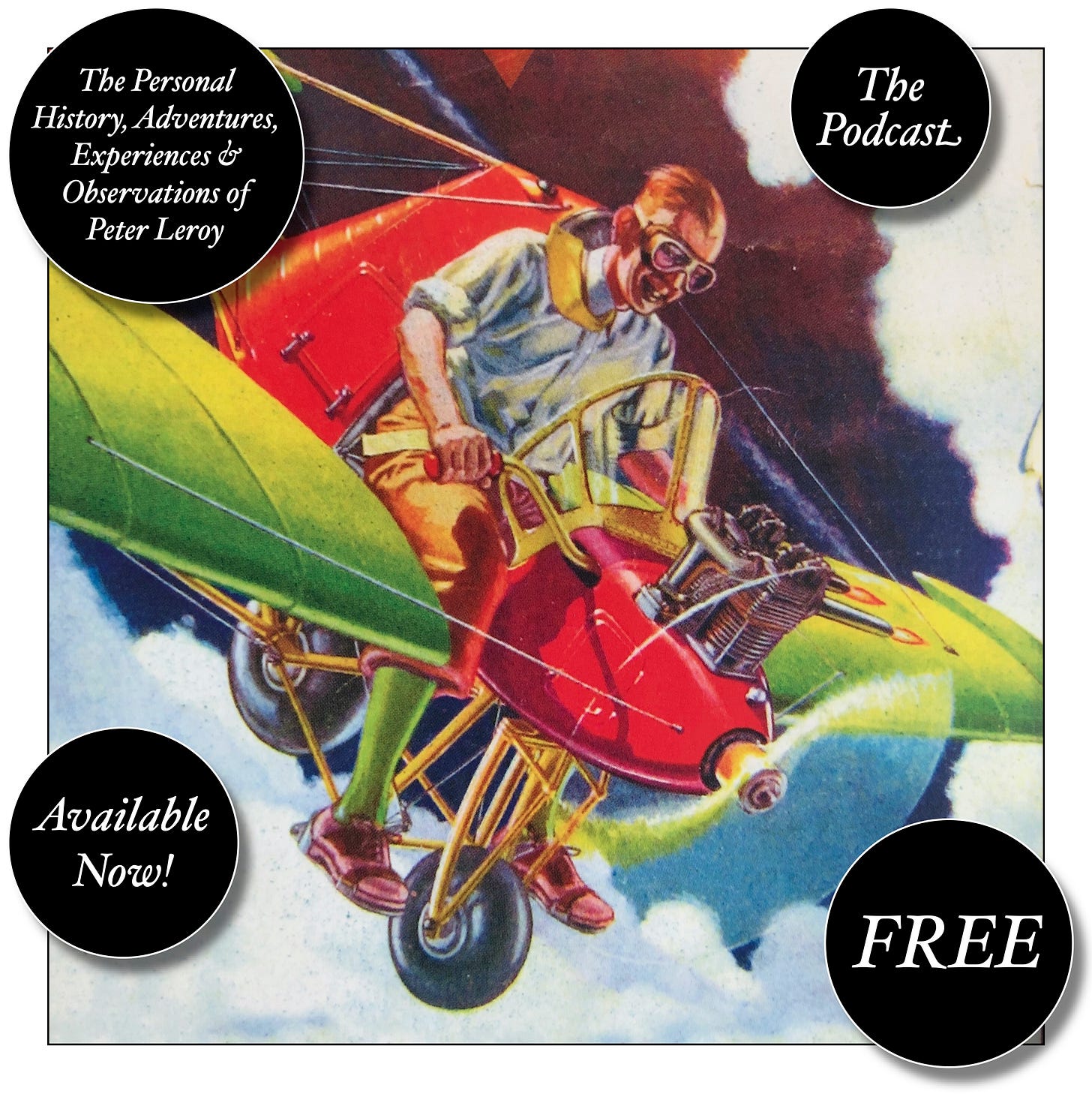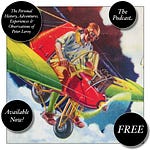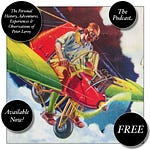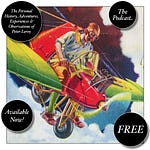Chapter 1
In Which Lorna Is Born into the Huber Family, of Chacallit, New York
MY GRANDMOTHER, Lorna Huber, was born in Chacallit, New York, fifty miles or so northwest of Albany, in the valley of the Whatsit River, a tributary of the Mohawk. The name of the town has a curious etymology. The first English settlers arrived around 1680, some fifty years after William Oughtred developed the first calculating instrument that could be called a slide rule. These settlers knew the Mohawk name for the place, which meant, loosely, “place where many fur-bearing animals can be taken but the land is really too steeply sloped to allow one to make a proper camp.” However, since the settlers couldn’t pronounce the Mohawk name correctly and were, in the English manner, disinclined to learn to do so, when they were asked where they hailed from they made a bit of comic business out of struggling to pronounce the name, delivering three or four mispronunciations, and then shrugging and saying, “Oh, What-y’-may-call-it.”
The term What-you-may-call-it was, by the middle of the seventeenth century, already well established in English as a humorous substitute for anything the name of which a speaker had forgotten, couldn’t pronounce, had never known, or didn’t consider worth learning. The Oxford English Dictionary, in the entry for what-d’ye-call-’em, lists what-you-may-call-it as a variant, and cited there we find Chapman writing, as early as 1598, “Why hees a what you calt.” In 1600 we find Shakespeare himself writing, in As You Like It, “Good euen good Mr what ye cal’t.”
Apparently human nature and the techniques of comedy were little different in those days from what they are now, because the citizen of “What-y’-may-call-it,” having raised a laugh by lampooning the name of the town, added what is known to stand-up comics as the “topper.” After a suitable pause, the citizen would add, “It’s on the bank of the What’s-it River,” and, presumably, have his listener in stitches.
In time, the town became widely known as What-y’-may-call-it, and then, through clipping and elision, What-y’-ma-call-it, Whatchamacallit, Whatchacallit, and, finally, Chacallit. Similarly, the river came to be called the Whatsit.
The first Hubers in America, Kurt Huber and his sixteen-year-old bride Inge, arrived in the Whatsit Valley from Germany in 1730, at just about the time when the first members of the Studebaker family were settling in Pennsylvania. In Germany, the Hubers had been farmers. History does not record what reasons Kurt Huber had for choosing Chacallit, but, to judge from the poor soil and steep slopes, he certainly can’t have intended to farm there. At the time, fur-trapping was really the only industry, but Kurt seems to have worked as a road builder. A history of Chacallit published in 1866 says of Kurt, “It is to him that the town is indebted for some of its handsomest streets.” That history also says, “He was a bold, fearless man who refused to remove to the fort, where the other settlers fled on account of the Indians.” Inge was known for her caustic wit and dark beauty. An admiring but wary diarist of the time marveled, in a sketch of Inge, that “so sharp a tongue should lurk behind such plump, alluring lips.” Kurt Huber died just two months before the signing of the Declaration of Independence. Following his death, many objects of value that had been presumed stolen by Indians during raids were discovered among his road-building tools and supplies, and as a result Inge and her eleven children lived under a cloud for the rest of their days.
Throughout the nineteenth century, the manufacture of gentlemen’s furnishings, which had begun in Chacallit on a very small scale, as little more than a cottage industry, a way for families to supplement their incomes when fur trapping was off, grew steadily in economic importance, and thanks to it, the town grew and prospered. For generations, the Hubers of Chacallit strove to efface the memory of their infamous ancestor Kurt by establishing themselves as a family of unremarkable drudges wholly devoted to the stolid, uncomplaining performance of dull work. The gentlemen’s furnishings industry offered numerous opportunities for work of that type, and as the industry expanded the Hubers filled more and more of the positions in the undistinguished middle of its work force. Now and then Inge’s genes produced an impish, quick-witted beauty or Kurt’s produced a rogue, but most of these were, for the greater good of the family, suppressed or sent away, and the Hubers trudged along at the soft center of Chacallit’s success.
In Topical Guide 240, Mark Dorset considers Places, Fictional: Chacallit, New York; Name, What’s in a; Names, Pronunciation of; Names and Naming: Place-Names; and Technology, Outmoded: Slide Rule from this episode.
Have you missed an episode or two or several?
You can begin reading at the beginning or you can catch up by visiting the archive or consulting the index to the Topical Guide.
You can listen to the episodes on the Personal History podcast. Begin at the beginning or scroll through the episodes to find what you’ve missed.
You can ensure that you never miss a future issue by getting a free subscription. (You can help support the work by choosing a paid subscription instead.)
At Apple Books you can download free eBooks of “My Mother Takes a Tumble,” “Do Clams Bite?,” “Life on the Bolotomy,” “The Static of the Spheres,” “The Fox and the Clam,” “The Girl with the White Fur Muff,” “Take the Long Way Home,” “Call Me Larry,” and “The Young Tars,” the nine novellas in Little Follies, and Little Follies itself, which will give you all the novellas in one handy package.
You’ll find an overview of the entire work in An Introduction to The Personal History, Adventures, Experiences & Observations of Peter Leroy. It’s a pdf document.














Share this post